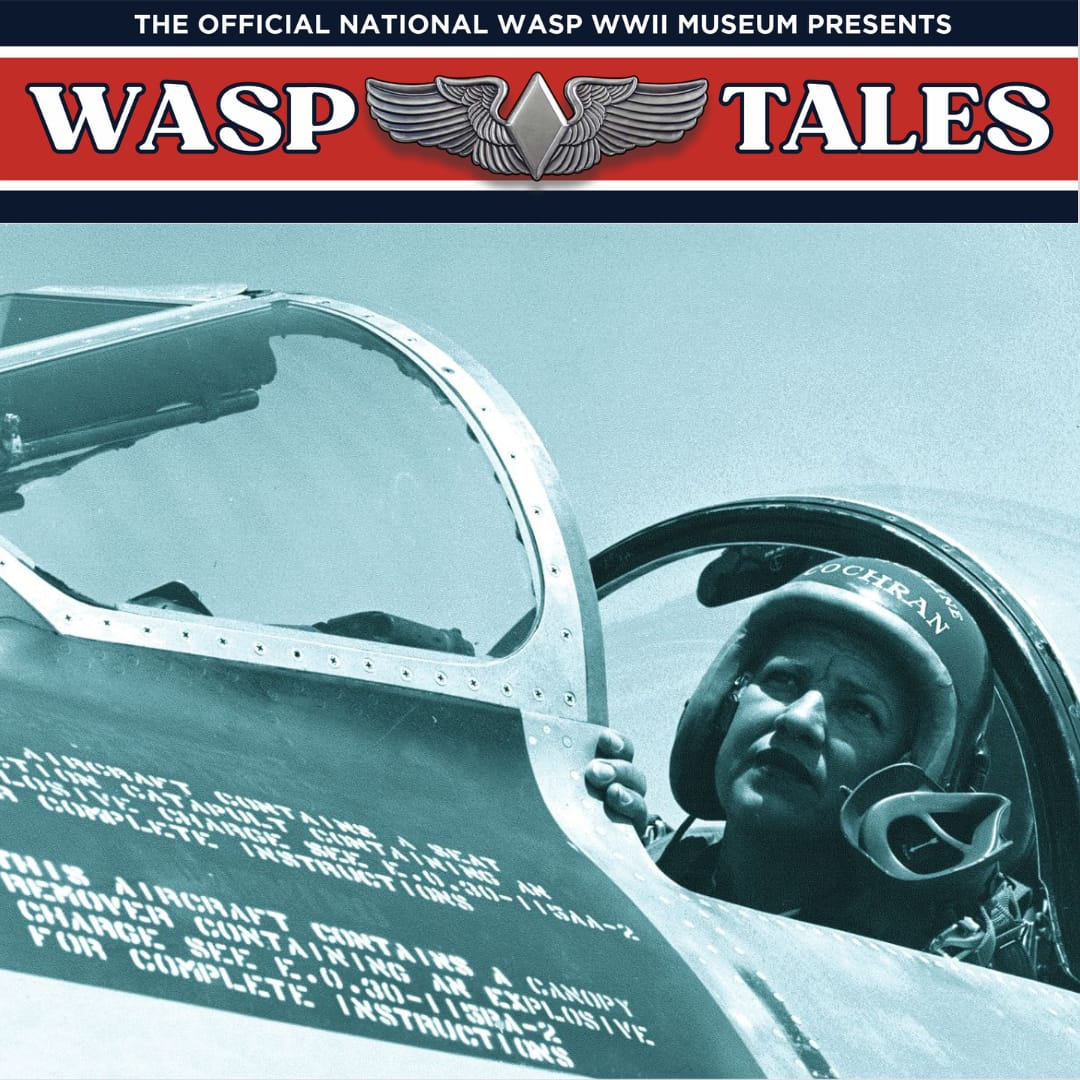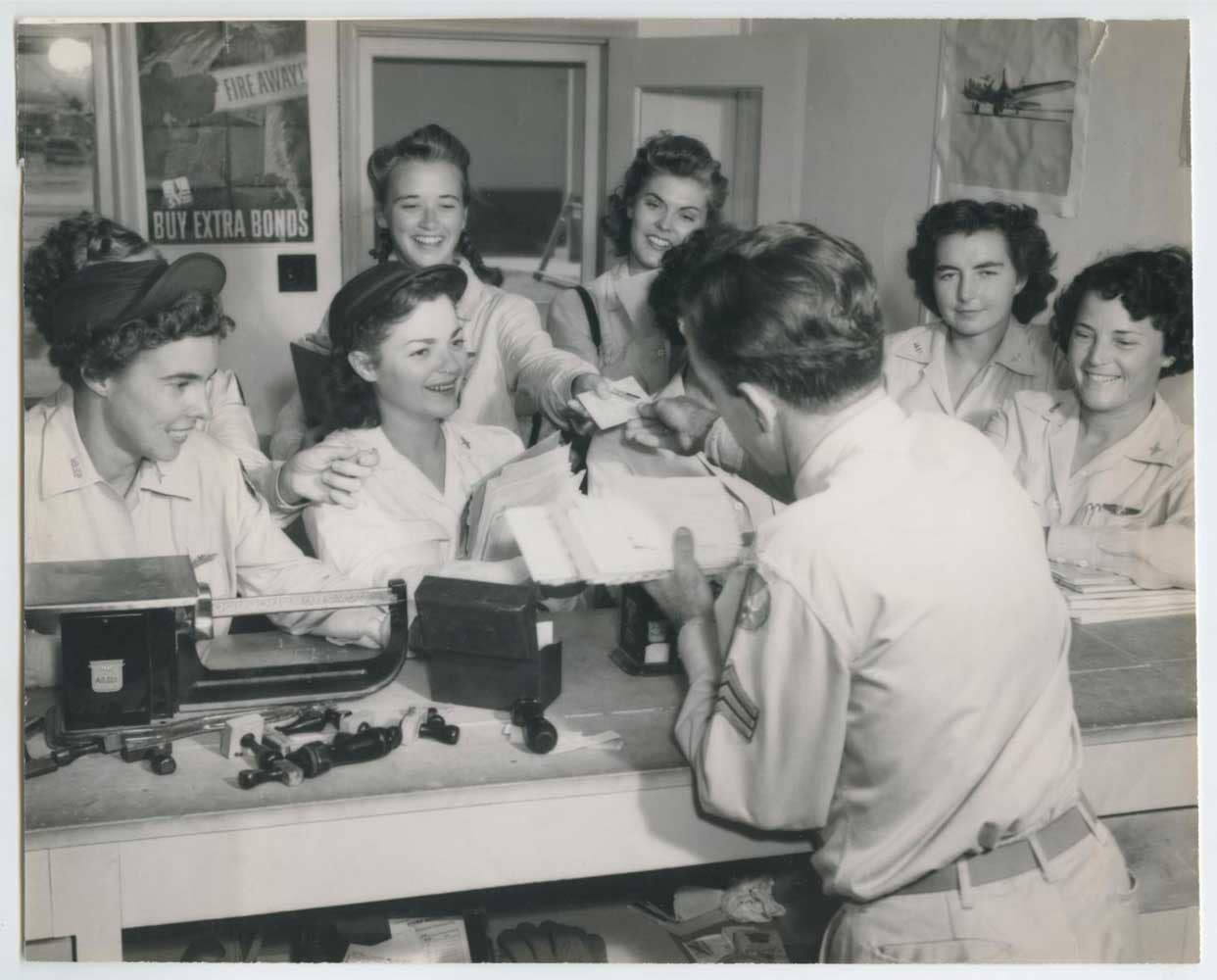
Photo: Cradle of Aviation Museum
Jackie Cochran climbed to 45,000 feet in a Canadair F-86 Sabre jet, leaving a contrail of ice crystals behind her path. Achieving the highest altitude necessary, she did a split “S” curve to start a full-power, nearly vertical dive. Keeping the throttle at full power, Cochran read the numbers on the Machmeter aloud to Chuck Yeager, her good friend and the pilot of her chase plane. Face down and diving at Mach 1, with blood surging to her brain, she pulled out of the dive through the sound barrier becoming the first woman to fly faster than the speed of sound on May 18, 1953.
Jacqueline Cochran, whose career in aviation covered 40 years from the 1930s Golden Age as a racer, through World War II as the founder and director of the Women Airforce Service Pilots (WASP), and into the Jet Age, was born circa 1906 in the Florida panhandle.
Early on in her career as a pilot, Jackie was captivated with air racing and during the early 1930s, she entered as many races as possible. Her first race took place in the 1934 MacRobertson Air Race from London to Melbourne, Australia. In 1935 she established Jacqueline Cochran Cosmetics and entered her first Bendix Race winning third place overall. That same year Cochran became the first woman to make a blind landing in Pittsburgh and was awarded her first of several Clifford B. Harmon International Trophies as the outstanding woman flyer in the world.
In 1937, while Cochran was running fuel consumption tests at Roosevelt Field on a new engine installed in a Beechcraft that she was to fly in the Bendix that coming September, Russian émigré, war ace, aircraft innovator, and visionary, Major Alexander de Seversky asked Cochran if she would fly a P-35 pursuit plane manufactured by his company, the Seversky Aircraft Corp., Farmingdale, Long Island.
Jacky’s hopes of winning first place in the Bendix soared with the prospect of flying the P-35 and after a couple of weeks following her first test flight in it, she pushed the airplane up to about 300 mph and was certain that she could take first place flying in the prestigious competition. Her dream of winning the top prize in the Bendix Race came true on September 1, 1938, when she flew the Seversky AP-7, an improved civil version of the P-35 fighter, 2042 miles between Burbank, California and Cleveland in 8 hours, 10 minutes, 31 seconds at an average speed of 249.7 mph.
Little did she know that some 15 years later she would achieve Mach 1!

Photo: Cradle of Aviation Museum

Written by: Julia Lauria-Blum
Photos courtesy of: Cradle of Aviation Museum
About Julia Lauria-Blum:
Julia Lauria-Blum earned a degree in the Visual Arts at SUNY New Paltz. An early interest in women aviation pioneers led her to research the Women Airforce Service Pilots of WWII. In 2001 she curated the permanent WASP exhibit at the American Airpower Museum (AAM) in Farmingdale, NY, and later curated ‘Women Who Brought the War Home, Women War Correspondents, WWII’ at the AAM. She is the former curatorial assistant & collections registrar at the Cradle of Aviation Museum on Long Island and is currently editor-in-chief for Metropolitan Airport News.
Julia is the proud mother of two daughters and a rescued Boxer. Her many interests include swimming, painting, traveling, aviation history, cooking, and storytelling.


